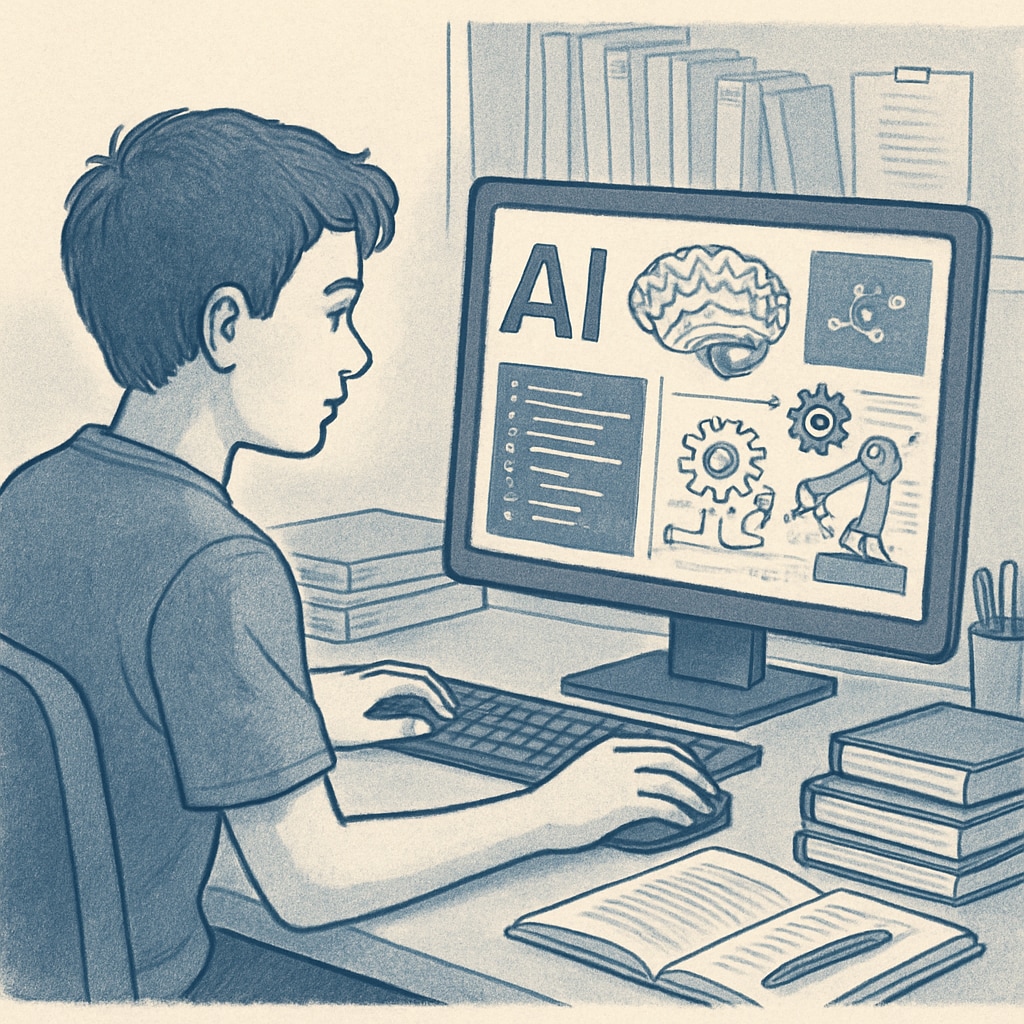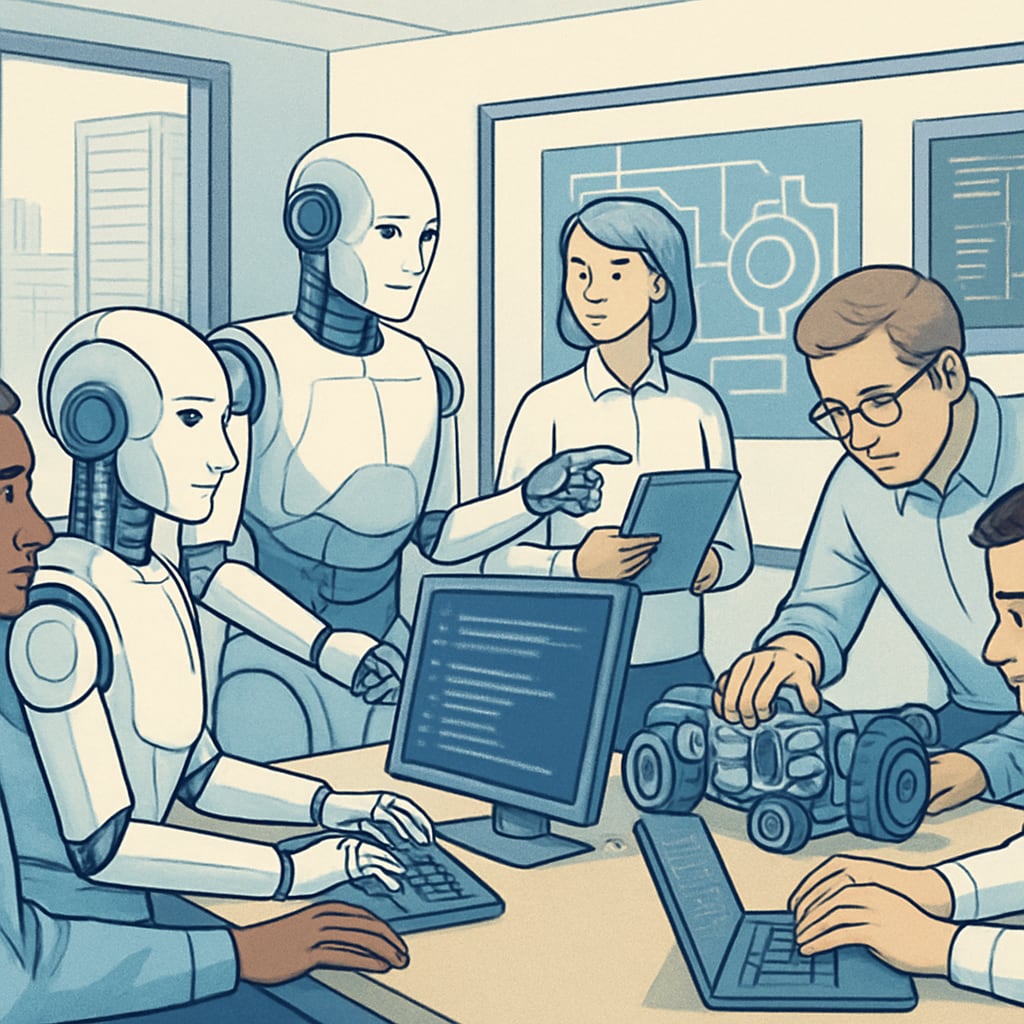In today’s rapidly evolving technological landscape, teens face unique challenges when it comes to career choices. The rise of artificial intelligence (AI) is reshaping industries, creating both uncertainty and opportunity. For students in 8th grade, deciding between careers like programmer or engineer has become more complex than ever. How can young people navigate these decisions and ensure they are preparing for a future shaped by AI? This article explores the dilemmas teens face and offers actionable strategies for career planning in the AI era.
The AI Revolution: Challenges for Career Choices
The rapid advancement of AI has brought significant changes to the labor market. Jobs that once seemed stable are now being redefined, automated, or replaced by AI-driven tools. For example, entry-level programming roles are increasingly being supplemented by AI coding assistants, while engineering fields are integrating AI for design, simulation, and problem-solving tasks. As a result, students may wonder: “Will my chosen career still exist in 10 years?”
This uncertainty can lead to confusion and even fear, especially for those considering careers as programmers or engineers. While these roles are still in demand, their responsibilities are evolving. A programmer, for instance, may need to specialize in AI-driven frameworks, while engineers may require expertise in AI-based automation and robotics.

How to Make Informed Career Decisions in a Digital Era
To address these challenges, teens can take proactive steps to ensure their career choices align with future trends. Here are some strategies:
- Stay informed about AI trends: Follow trusted sources like Wikipedia’s Artificial Intelligence page or the AI section on Britannica to understand how AI impacts various industries.
- Focus on transferable skills: Communication, critical thinking, and problem-solving remain valuable regardless of technological changes.
- Experiment with technology: Participate in coding bootcamps, robotics clubs, or online courses to build hands-on experience.
- Seek mentorship: Connect with professionals in programming and engineering fields to gain insights into how AI is influencing their work.
By adopting these practices, students can make well-rounded decisions about their future careers, ensuring they are adaptable in an AI-driven world.
Why AI Is Both a Challenge and an Opportunity
While the rise of AI presents challenges, it also opens doors to exciting opportunities. New roles, such as AI ethicist, machine learning engineer, and data scientist, are emerging. These careers require a combination of technical expertise and ethical understanding, making them appealing options for the next generation.
Moreover, AI can enhance existing roles. For example, programmers can use AI tools to optimize their code, while engineers can leverage AI to predict and mitigate structural issues. These advancements mean that AI is not replacing humans but rather augmenting human capabilities.

Conclusion: Planning for an AI-Driven Future
In conclusion, the rise of AI has made career choices more dynamic than ever. For teens considering paths as programmers or engineers, it’s crucial to remain adaptable, informed, and proactive. By focusing on education, building transferable skills, and staying connected to industry trends, they can navigate the uncertainties of the AI revolution with confidence.
While the future remains unpredictable, one thing is clear: those who embrace lifelong learning and adaptability will thrive in the AI era. Start preparing today to unlock the incredible opportunities that lie ahead.
Readability guidance: The article uses concise paragraphs, practical lists, and clear language to ensure accessibility. Transition words like “however,” “therefore,” and “for example” enhance the flow, while technical terms are explained for clarity.


